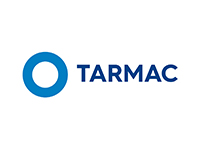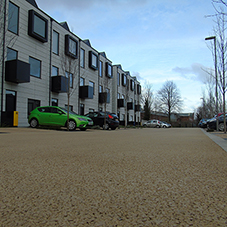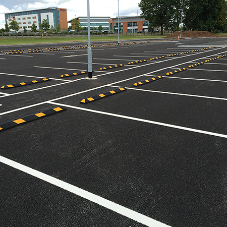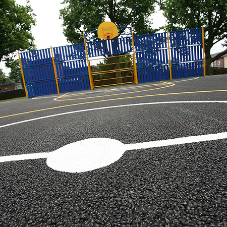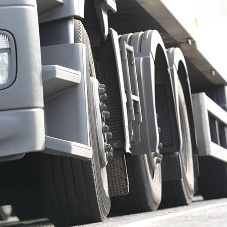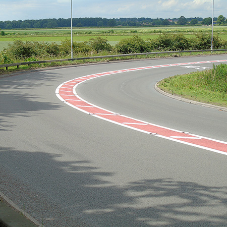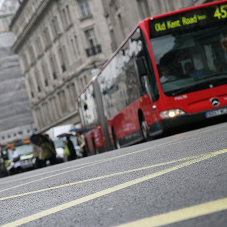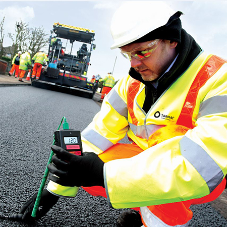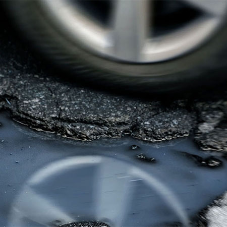Tarmac's ULTILAYER asphalt was the chosen solution for the first phase of the 'Mini Hollands' programme, part of the Mayor of London's Healthy Streets agenda. The aim is to encourage Londoners to walk or cycle on short journeys, instead of using their car.
The challenge
Kingston upon Thames was one of three London Boroughs awarded £30 million to improve its infrastructure through the council’s Go Cycle project. In the first phase of the project, ELM Surfacing were selected by the main contractor, Kier, to improve the road and cycle lane along Kingston High Street (A307). It was important to demonstrate long term value for this investment. Given the high volumes of traffic using this route, it was also important to keep road closures and delays to a minimum. Originally, a 40mm deep 10mm PSV 68 surface course had been specified along with a 60 mm deep 20mm HDM binder course.
Tarmac's solution
Having used Tarmac’s ULTILAYER asphalt on other schemes, ELM Surfacing proposed it as a way of value engineering this project. ULTILAYER combines a high performance Polymer Modified Binder (PMB) and selected aggregates for a highly flexible, strong and durable asphalt suitable for long term trafficking. ULTILAYER would be used as a 20mm binder course laid 60mm deep and a 14mm ULTILAYER surface course laid 40mm deep using 68 PSV aggregate. They would both be laid in a single shift enabling work to be completed overnight (between 20:00hrs – 05:00hrs) rather than through a block road closure programme that would have caused major disruption to local residents. In another section of the works, where a lower PSV was allowed, they proposed 130 tonnes of 14mm ULTILAYER S surface course with a 60 PSV using carbon neutral, steel slag aggregate which is considerably more durable than the hard stone usually used in road construction.
Results and benefits
ELM Surfacing planed off the existing road surface and laid 175 tonnes of 20mm ULTILAYER binder course and 260 tonnes of 14mm ULTILAYER surface course with the required 68 PSV. During the works ELM reduced the width of the vehicular carriageway to accommodate the new cycle lanes, moved the crown of the road and installed speed tables as a means of traffic calming. The cost saving allowed a final section of the high street to be completed which had previously been omitted due to budget constraints. Both the client and supply chain partners were delighted with the outcome.
“Through a long standing and collaborative relationship, Tarmac have developed value added products that enable ELM Surfacing to offer innovative and bespoke designs to our clients. This adds value to the client, contractor, supplier relationship and reduces the impact of the project on local residents whilst delivering the improved infrastructure.” - Jake Leyser, Commercial Head of Surfacing at ELM Surfacing.
Find out more about Tarmac's ULTILAYER asphalt here
View Crack resisting asphalts for busy locations and jointed concrete based surfaces Product Entry View ULTILAYER PDF

